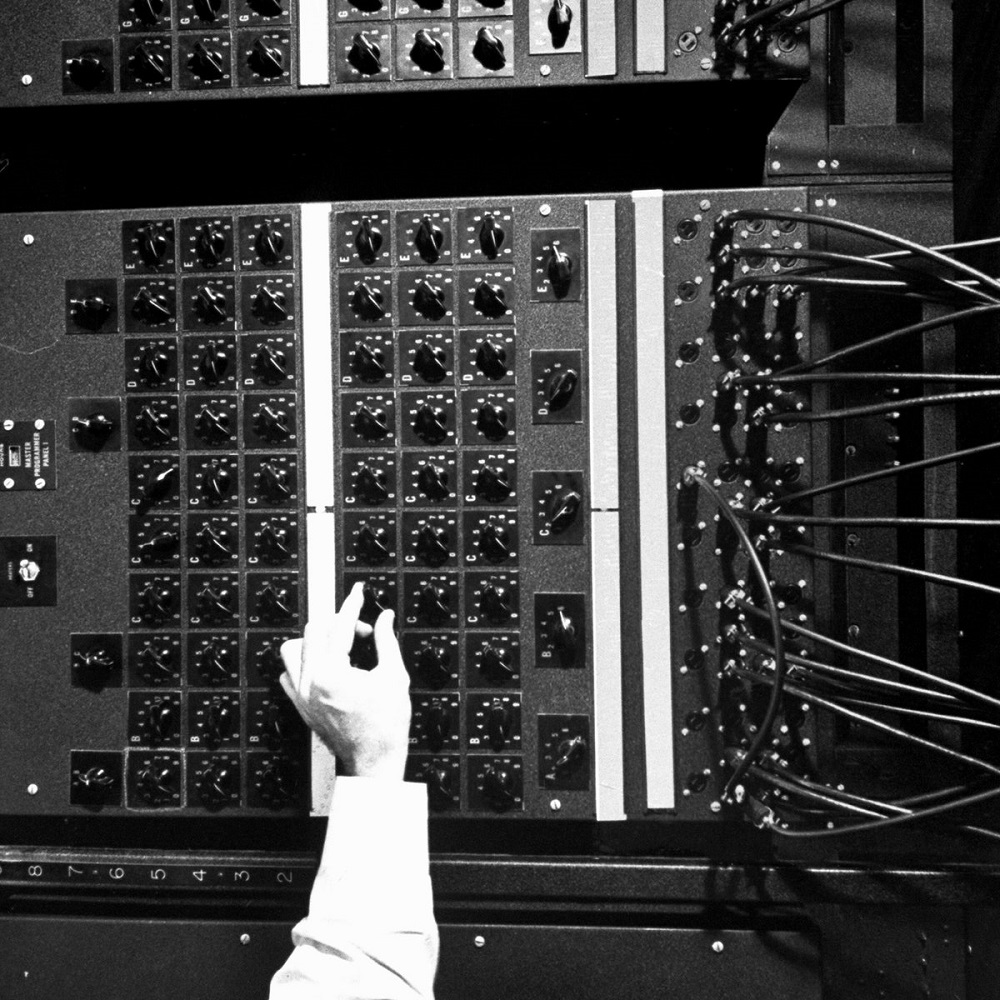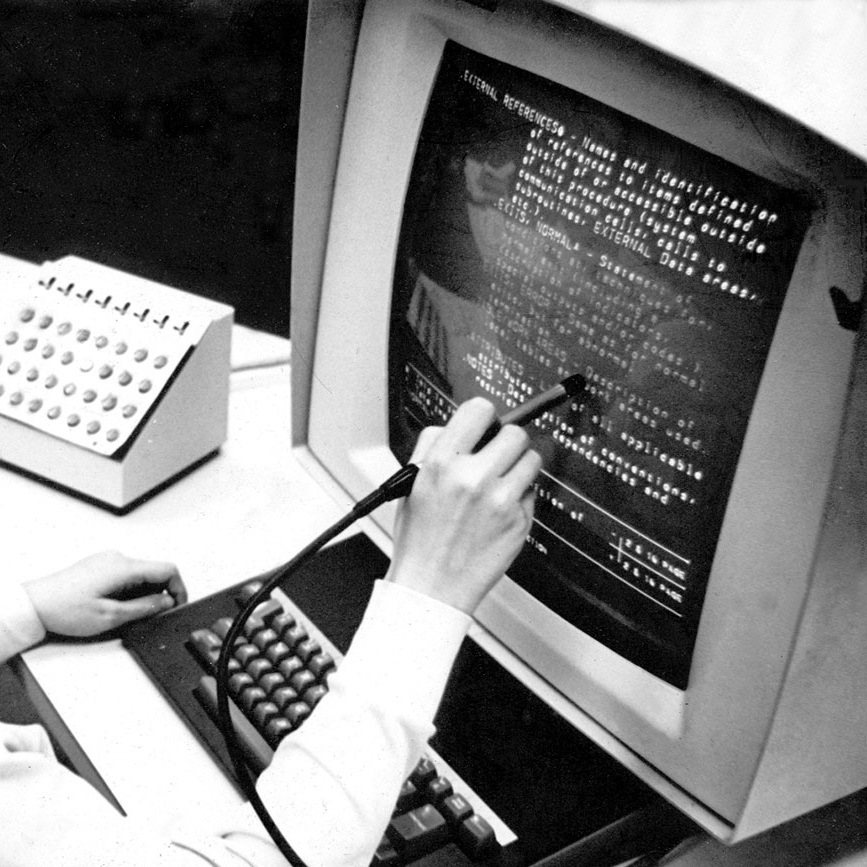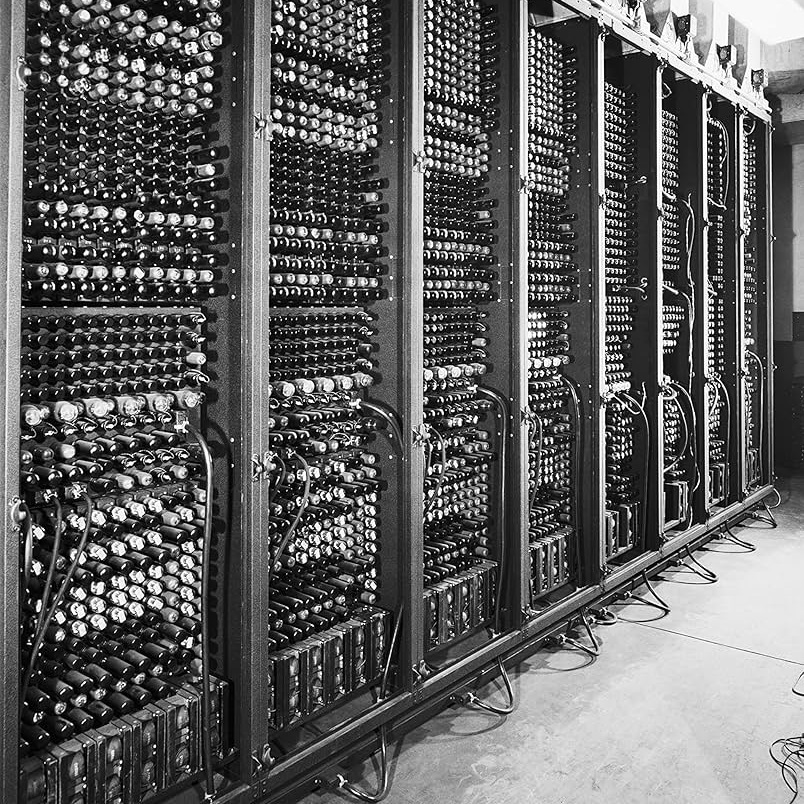Introduction to ENIAC
The ENIAC (Electronic Numerical Integrator and Computer) holds a significant place in the history of computing. Developed in the 1940s, it was the first electronic general-purpose computer. Constructed at the University of Pennsylvania, this massive machine was a part of the war effort during World War II. Although it was officially completed in 1945, its development began earlier.
The machine was designed by John W. Mauchly and J. Presper Eckert. They aimed to create a device that could perform complex calculations faster than mechanical computers. They succeeded in creating a machine that used vacuum tubes for processing, a revolutionary shift away from the earlier electromechanical systems. ENIAC could perform thousands of calculations per second, which was a significant improvement over its predecessors.

The primary purpose of ENIAC was to calculate artillery firing tables for the United States Army. These tables were critical for the military to determine how to aim artillery pieces accurately. ENIAC’s speed made it ideal for this task, and it quickly became a vital tool for military operations.
The Design and Architecture of ENIAC
Technical Specifications
ENIAC was built with over 17,000 vacuum tubes and consumed a lot of power. It occupied a space of about 1,800 square feet, roughly the size of a small house. The computer was built using 40 panels, containing various electronic components housed in metal frames. The programming of ENIAC was entirely different from what we would consider programming today.
Instead of using a high-level programming language, ENIAC required physical rewiring to perform different tasks. Programmers had to understand how to manipulate the hardware physically. This process was complex and time-consuming. After a program was completed, it could take several weeks to reroute the machine for a new task.
ENIAC also had a unique input and output system. It used punched cards and paper tape for input and output. These methods were primitive compared to modern standards but were cutting-edge for the time. The reliance on physical mediums made data handling slow compared to today’s digital experiences.
The Impact of ENIAC’s Design
The design of ENIAC brought both advantages and limitations. Its use of vacuum tubes allowed for faster calculations, but the tubes were prone to burnout. This meant that maintenance was a constant requirement. Despite these challenges, the success of ENIAC demonstrated that electronic computers were the future. The architecture set the groundwork for future developments in computing hardware.
Following its operation period, ENIAC influenced how computers were designed in subsequent years. The design philosophy focused on speed, efficiency, and complexity. Later machines built upon ENIAC’s architecture, making refinements and improvements.
The Visual Legacy of ENIAC
Iconic Images and Representations
Images of ENIAC bring the fascinating history of computing to life. The photographs capture its immense size and complexity. The vacuum tubes glow, and the intricate arrangement of wires and panels showcases the technology of the time. These images evoke a sense of awe and wonder. They highlight not just the machine itself but also the people who operated and maintained it.
Historians often emphasize the importance of visual documentation of early computers. Images serve as a reminder of how far technology has come. They help demystify the computing process. Many modern engineers and computer scientists can be in awe of the seemingly primitive technology that laid the foundation for their careers.
In museums and online resources, various photographs of ENIAC are available. These images often accompany detailed explanations of its functions and capabilities. The historical significance of visual artifacts cannot be overstated. They serve to educate and inspire a new generation of tech enthusiasts.
Understanding the Evolution through Images
Photographs and blueprints of ENIAC also illustrate its evolution. Each image tells a story about the technological advances and the challenges encountered. As computer technology evolved, so did the designs. Each subsequent model drew inspiration from the iconic ENIAC.
The ENIAC wasn’t just an isolated invention. It led to a surge in interest in computer technology. Universities began to develop computer science programs. Government and private industries invested in research and development. This visual evolution graphically represents the shift in societal attitudes toward technology.
The Operators Behind ENIAC
Who Operated ENIAC?
Many skilled individuals worked on ENIAC. The team included mathematicians and engineers, many of whom were women. Their contributions often went unrecognized in a male-centric society. These women played critical roles in programming and operating ENIAC. They demonstrated exceptional skill despite facing significant societal challenges.
One prominent figure was Jean Jennings. She was one of the original programmers of ENIAC. Her contributions, along with those of her colleagues, laid the groundwork for what programming would become. The efforts of these women were crucial in changing societal perspectives about women’s roles in technology.
Their Experiences and Challenges
The experiences of the first ENIAC operators were filled with challenges. They had to learn complex systems and become familiar with the technology. The learning curve was steep, and the team worked long hours to keep the machine operational.
Their work environment was not just technical; it was also challenging socially. Many people doubted women’s ability to work effectively in technology fields. The lack of recognition added to their struggles. Nonetheless, the operators of ENIAC showed resilience and determination.
Over time, the accomplishments of these women began to gain recognition. As interest in computer history grew, so too did awareness of their contributions. Today, their stories are increasingly celebrated.
ENIAC: The Beginning of a New Era
Influence on Modern Computing
ENIAC’s influence extended far beyond its operational life. The techniques and designs developed through ENIAC laid the groundwork for future computing machines. Many concepts we take for granted today were first explored within the walls where ENIAC operated. The transition from vacuum tube technology to transistors would not have been possible without the breakthroughs made by ENIAC.
Today’s computers are significantly more efficient and compact. Nevertheless, understanding the origins helps us appreciate the complexity and evolution of modern technology. ENIAC not only demonstrated electronic calculation capabilities but also influenced mathematics and programming extensively.
Legacy in Popular Culture
ENIAC’s story has also seeped into popular culture. Documentaries, movies, and books reference this pioneering computer. It provides context for the rapid technological changes that came afterward.
The stories shared through media highlight both technical brilliance and human resilience. They remind us that technological advancements are often the result of teamwork and determination. The journey that began with ENIAC continues to inspire future innovations.
Conclusion: A Reflection on the ENIAC Era
The Lasting Impact of ENIAC
In conclusion, the ENIAC computer remains a landmark achievement in computing history. Its design and functionality transformed how calculations were performed. The machine served as a turning point, paving the way for future innovations.
The images of ENIAC revive an era filled with courage, discovery, and creativity. They are symbols of human ingenuity and the relentless pursuit of knowledge. Each image, with its historical significance, tells a part of the story.
Looking Ahead
As we look toward the future, the lessons learned from ENIAC Computer provide valuable insights. They remind us to appreciate where we came from. Today’s rapidly evolving technology stands on the shoulders of giants like ENIAC Computer and its pioneering team.
In a world increasingly reliant on technology, understanding the roots of computing becomes essential. The history of ENIAC Computer is, ultimately, a history of us—the people who have driven the quest for innovation. The spirit of ENIAC Computer will continue to resonate as we forge ahead into an unknown but exciting technological future.


